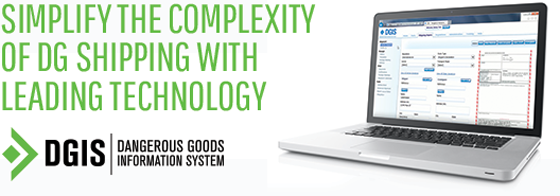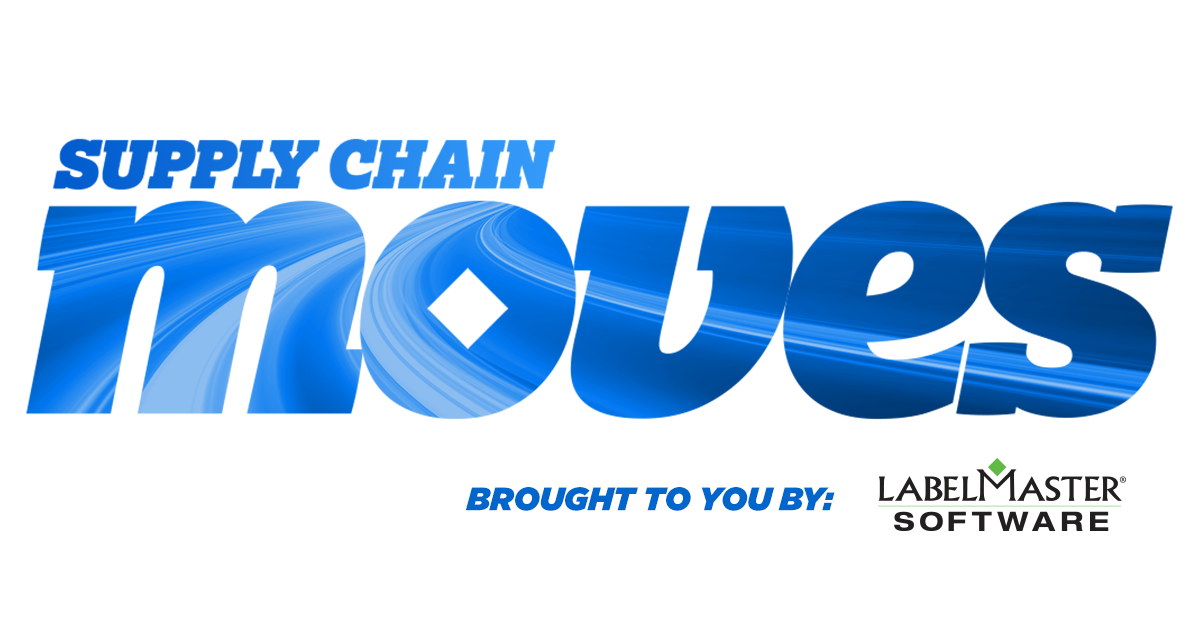

Week of June 22nd, 2020
Linking technology news with Dangerous Goods compliance
The need to create an agile and resilient supply chain has become evident over the past few months. Now, organizations are looking to implement the technology and processes that will enable them to succeed in today’s marketplace while also preparing for the future.
To help companies keep a pulse on technology trends impacting business and the movement of dangerous goods throughout the supply chain, Labelmaster has launched “Supply Chain Moves,” a weekly report linking the latest technology news to dangerous goods compliance.
Let’s examine the recent supply chain technology and industry news.
TECHNOLOGY
- The Post-pandemic Distribution Center: As the economy begins to recover, distribution center operators will be challenged with not just operating efficiently, but safely. Emerging technologies may aid in the effort.
- Nine Ways Machine Learning Can Improve Supply Chain Management: Integrating machine learning in supply chain management can help automate a number of mundane tasks and allow the enterprises to focus on more strategic and impactful business activities.
- Balancing Processes, Goals, and Technology for Supply Chain Resilience: Technology, processes and people all play key roles in helping businesses gain end-to-end visibility and real-time decision-making capabilities that will see their organizations through the next several bumpy months and beyond.
- Tips for Getting Executive Buy-in for Supply Chain Planning Software: Getting executives to invest in supply chain software can be challenging. Gartner examines how to build a strong business case for your supply chain planning technology investment.
3PL TECH
- Logistics Technology Update: Building an IT Continuity Plan: Working remotely has made it difficult for many businesses to function properly. Logistics companies need to adopt a robust continuity plan to prepare for the next time the unexpected strikes – and that means the right investments in technology.
- How Innovative Technologies Can Redefine the Logistics Industry Post-COVID-19: For organizations that were able to work through recent lockdowns and supply chain disruptions, technologically-driven systems were the key to their robustness and their survival.
- 5 Reasons Why You Need a TMS to Build a Resilient Supply Chain: Are you looking to improve visibility, automation and optimization to achieve a more resilient supply chain? Then a global TMS should be a key part of your supply chain technology strategy.
Technology & Dangerous Goods Compliance
Recent disruptions to the supply chain have highlighted the need for the right planning technology. Unfortunately, organizations often don’t have the necessary technology and getting executive buy-in to invest in it can be challenging.
In a recent blog post, ToolGroup’s Jennifer Randall shares insights from Gartner’s report, “How to Build a Strong Business Case for Your Supply Chain Planning Technology Investment,” which provides recommendations for supply chain professionals to secure the executive and financial sponsorship required to move supply chain planning (SCP) technology projects forward.
Randell notes, “A strong SCP business case must explain how planning capabilities will directly impact executive-level objectives.”
Gartner outlines three main steps to developing an SCP technology business case:
Step 1: Define the problem or missed opportunity
Step 2: Align your SCP technology plans with the business strategy & organizational readiness
Step 3: Determine quantitative & qualitative benefits & risks
Many of the challenges supply chain pros face when getting executive buy-in for SCP technology are the same faced by DG pros seeking investment in DG shipping and compliance technology. So, when making a business case for investing in DG software, DG pros need to consider what data and proof points would help the benefits of compliance and the risk of noncompliance. For example:
- The financial impact of compliance: Better management of the DG shipping processes can lead to a faster supply chain, improved customer satisfaction and a competitive advantage – which can ultimately drive more revenue.
- The financial impact of noncompliance: The costs resulting from non-compliance can add up – from fees related to stopped shipments, to increased insurance liability following an accident, to the hidden costs of inefficient operations.
- The risk to stalling your company’s supply chain: Shipments stopped for noncompliance can lead to late deliveries, which can damage customer relationships.
- The risk to your company’s brand: An incident involving shipping hazmat can put the public or the environment at risk and create a firestorm of negative press and damage your brand.
By making a real business case, DG pros can better position themselves to get the resources, advanced technology and training they need to effectively do their jobs – and ultimately improve the business. Learn more about the total value of Compliance at https://www.labelmaster.com/tvc.
To learn more about dangerous goods software or how to establish a safer, more compliant supply chain, visit https://www.labelmaster.com.
Have questions about dangerous goods transport? Call the Labelmaster Regulatory Hotline at 1.800.621.5808.

Labelmaster’s Dangerous Goods Information System (DGIS) is the leading SaaS solution to help companies more efficiently and accurately manage their Dangerous Goods shipments. DGIS validates your Dangerous Goods shipment data against the latest regulations, ensuring a more efficient supply chain and reducing friction found in Dangerous Goods shipments. DGIS is a certified partner/validation solution with ERP, transportation and warehouse management systems.

